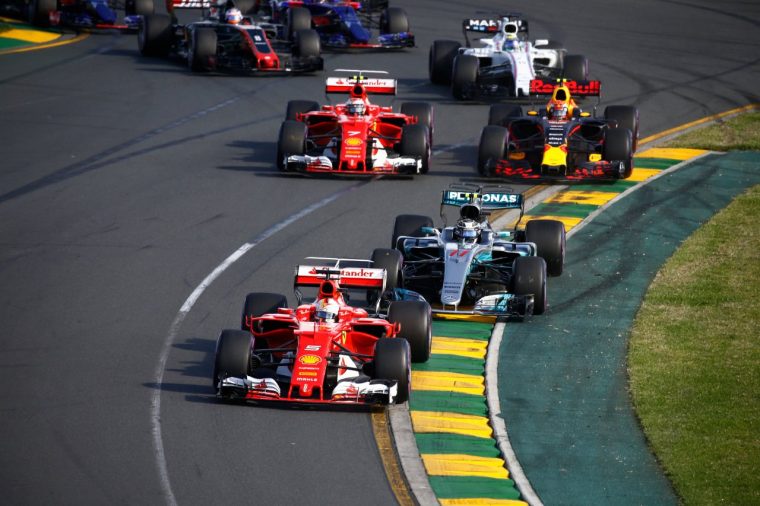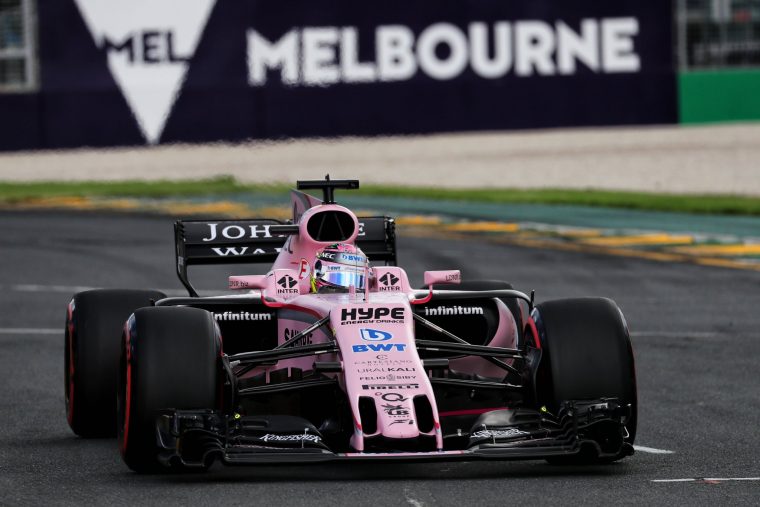2021 Formula 1 Cars May Be Powered by 1200-HP Twin-Turbo V6 Engines
What will power Formula 1 cars in 2021 and beyond? That was the question on the table at the F1 engine summit that took place last Friday in Paris, which drew a number of officials from manufacturers currently involved and uninvolved in the sport.
In 2014, Formula 1 switched to 1.6-liter V6 turbocharged hybrid engines after using 2.4-liter naturally-aspirated V8s for eight years, which themselves had replaced the 3.0-liter V10s and V12s of the previous decade.
But the engines were met with harsh criticism over their sound. Over the years, Formula 1 had become associated with high-pitched, screaming engines, and by comparison the V6s were quiet and unexciting; some even called them vacuum cleaners.
Most understand the downsizing is necessary, though: V6 engines are more relevant to road cars, which is important for retaining manufacturers in the sport. In fact, thanks to the turbochargers and hybrid technology, the V6 engines are among the quickest in the sport’s history. They’re also more reliable—over a decade ago, the top teams would use a different engine every Grand Prix, and sometimes a separate engine for each qualifying and race session; in 2016, the teams had to use only five engines over the course of the season, and for 2017 they will have to use only four.
But in addition to the issue of sound is the issue of cost. Rather than lower costs as had been promised, the V6 engines are more expensive than ever by virtue of their incredible complexity. One of the components that significantly drives up cost is the MGU-H unit (in a nutshell, a motor that can capture energy from exhaust gasses in the form of electricity and use it to drive the turbo).
The solution, then, isn’t simple. The new engines should be faster and louder, but also cheaper and simpler. Still, a solution should exist. According to Michael Schmidt of Germany’s Auto Motor und Sport, the early frontrunner for the 2021 engine concept is a twin-turbocharged V6 engine producing 895 kW (1200 hp), with a bigger Kinetic Energy Recovery System (KERS) than the current cars but without the MGU-H.
Though 2021 may seem like a long time in the future, Formula 1 teams tend to begin developing their future cars well in advance, so while nothing is set in stone as of yet, it may not be long before the next engine formula is officially announced. For reference, the 1.6-liter turbo V6 engines that took over in 2014 were announced in mid-2011.
Source: Auto Motor und Sport (German language)
Kurt Verlin was born in France and lives in the United States. Throughout his life he was always told French was the language of romance, but it was English he fell in love with. He likes cats, music, cars, 30 Rock, Formula 1, and pretending to be a race car driver in simulators; but most of all, he just likes to write about it all. See more articles by Kurt.



